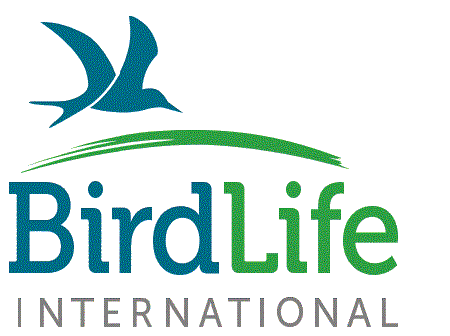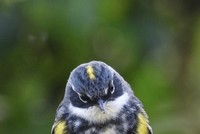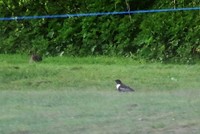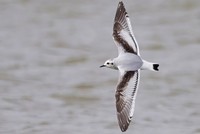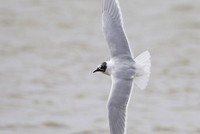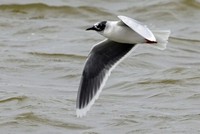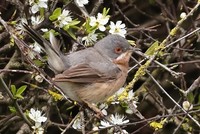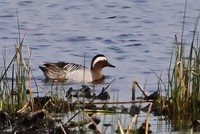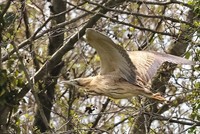Pesticides poisoning birds in the Balkans
You may think that bird species of the Least [conservation] Concern on the European Red List of Birds are not threatened because of the name of the category they are in. However, this doesn’t mean they don’t face serious, often man-made threats to their survival that must be addressed.
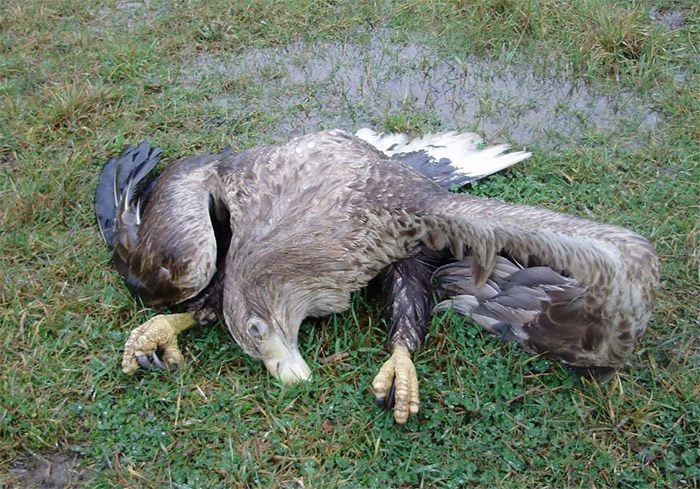
The White-tailed Eagle is one such bird. Native to Serbia and its neighbouring East European and Central Asian countries, the Serbian population of the species has been growing: it reached 125 pairs in 2016. The annual growth rate of the species is about 50 birds across Serbia, only five of which reach sexual maturity and reproduce in monogamous couples, according to Serbian researchers. So, even losing one bird is a big loss.
Since 2009, 33 White-tailed Eagle carcasses have been found in Serbia. The culprit? In a majority of the cases: pesticide poisoning.
Poison problems
The bodies of most poisoned White-tailed Eagles and other affected species such as the Common Raven, Common Eurasian Buzzard and Black-billed Magpie were found close to poisoned baits (mainly cattle carcasses intended for predators like Golden Jackals and Red Foxes).
The majority of the cases was recorded around Gornje Podunavlje and Karadordevo, two nature reserves in the northwest that host a large concentration of White-tailed Eagles – almost 30 breeding pairs and more than 100 individuals in the winter.
“When a carcass of any protected species is found, the case must be reported to the Ministry of Agriculture and Environmental Protection and the closest veterinarian organization, which must determine the cause of death,” says Marko Tucakov of the Institute for Nature Conservation of Vojvodina Province. However, he added that the analyses were completed only in a few cases due to administrative problems, such as paying for the tests (meant to be paid for by the government).
As a result, only four legal complaints against anonymous persons have been submitted for cases of presumed poisoning since 2012 (and two of those have been dismissed).
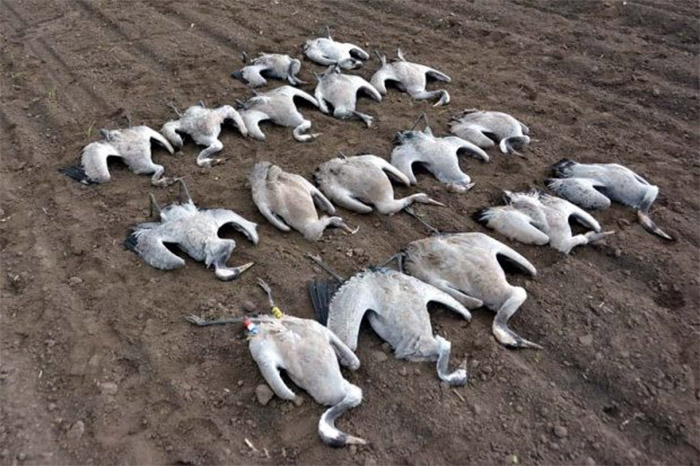
Carbofuran complications
Things have gotten worse in the last two years. An increase in the population of the Common Vole has brought upon a rise in the indiscriminate use of zinc-based rodenticide pellets around large fields on the surface of the soil (instead of in holes as prescribed). This has increased the risk of secondary poisoning of birds and mammals.
“In spring 2014, BPSSS sent an official complaint to the Secretariat of the Bern Convention. We asked them to take administrative measures and the Republic of Serbia to undertake urgent steps to prevent deliberate killing of bird species from Appendix II of the Convention… The case is still open,” says Milan Ružic, president of Bird Protection and Study Society of Serbia (BPSSS, BirdLife in Serbia).
Toxicology analyses of eight eagle carcasses found in 2014 showed that the cause of death was the pesticide carbofuran.
Carbofuran-based pesticides were legal in Serbia until the beginning of 2014. In July 2014 the use, sale and storage of carbofuran was banned, but ornithologists say it is still used and widely available on the black market. They added that the lack of awareness among pesticide users is the main cause of bird poisoning.
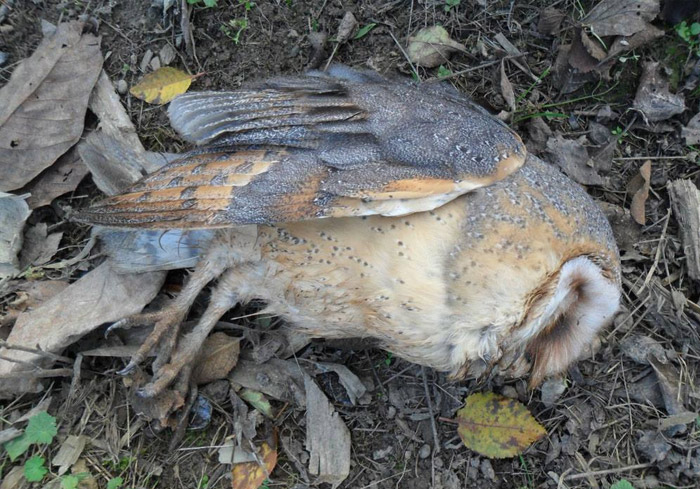
Expanding awareness
BPSSS, WWF and other Serbian nature conservation organisations have initiated a campaign for the promotion of reasonable and responsible pesticide use. Land owners, farmers, activists, hunters and agriculture experts participated in public presentations; leaflets telling people what to do when finding a poisoned animal were distributed; and an emergency phone number was set up to dial in such cases.
“As a part of the campaign ‘Listen up and stop the poisoning! The eagle is down!’ we have organised panel discussions, round tables and presentations for local farmers, hunters local governments officials and decision makers, where we advocated for responsible use of pesticides and improved control of illegal poisoning. More than 200 people were involved,” said Duška Dimovic, director of the WWF Programme in Serbia.
“We had an intensive media campaign in the local and national media. We have also developed an interactive programme for elementary school children on the protection of the White-tailed Eagle.”
In Serbia, the poisoning of protected species is a criminal offence and punishments can range from high fines to prison sentences… on paper. The enforcement of the legislation needs to be improved significantly. If it is not, Serbian conservationists are afraid that three decades of intensive research and conservation efforts for the White-tailed Eagle could go down the drain.
BirdLife International
12 February 2016


